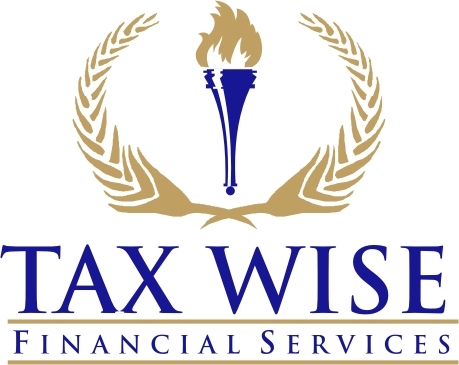
Page 1: What Are Donor-Advised Funds and Direct Gifts?
When people want to give money to charity, they often choose between two options: donor-advised funds (DAFs) and direct gifts. Each way of giving has its own pros and cons. In 2025, many people are asking, “Are donor-advised funds better than direct gifts in 2025?” To answer that, we need to understand what these two options mean.
Donor-advised funds are special accounts you open through a sponsoring organization. You put money or assets into the account and get a tax break right away. Then, you can decide later which charities get the money. It’s like a giving piggy bank. You control where the money goes, but you don’t have to give it all right away.
A direct gift is simpler. You just give money straight to a charity. No middleman, no waiting. You might write a check or donate online. Direct gifts are fast, easy, and don’t need special accounts.
So, are donor-advised funds better than direct gifts in 2025? It depends on your goals.
Page 2: Pros and Cons in 2025
Let’s compare both giving styles in more detail, especially as rules and tools change in 2025.
1. Tax Benefits
With donor-advised funds, you get a tax deduction right away, even if you give to charities later. In 2025, this is useful because tax rules are stricter. DAFs can help reduce taxes in a high-income year.
Direct gifts also get you tax benefits, but only if the charity qualifies and you itemize deductions. If you don’t itemize, you might not save on taxes. So when people ask, “Are donor-advised funds better than direct gifts in 2025?”, tax savings are a big part of the answer.
2. Timing and Control
DAFs give you time. You don’t have to rush to choose charities. That’s helpful if you’re still thinking about where to give or if you want to grow the money before donating.
With direct gifts, once you give, it’s done. You lose control after the donation. Some people like the speed and finality. Others want to plan their giving over time. That’s why donor-advised funds might be better than direct gifts in 2025, especially for long-term givers.
3. Fees and Simplicity
DAFs charge small fees to manage your account. It’s usually 0.5% to 1% per year. That’s the price for control and flexibility. Some online DAFs in 2025 have lowered fees, making them more appealing.
Direct gifts have no fees. They go straight to the charity. But there’s no option to change your mind later. If you want simple and instant giving, direct gifts win.
Page 3: Which One Should You Choose?
To decide are donor-advised funds better than direct gifts in 2025, you have to think about your goals.
- If you want tax benefits now but don’t know where to give yet, a donor-advised fund is a smart move.
- If you want to give right away and don’t need extra tools or planning, direct gifts are easier.
- If you plan to give every year and want to grow your giving pot, DAFs can invest your money while you wait.
In 2025, new online tools, mobile apps, and lower fees have made donor-advised funds more popular. Many families and individuals now use them to build long-term giving plans.
So, are donor-advised funds better than direct gifts in 2025? For some people, yes. For others, no. The best choice depends on your financial situation, how involved you want to be, and what kind of impact you want to make.
In the end, the most important thing is giving. Whether you use a donor-advised fund or make a direct gift, you’re helping others. And in 2025, the world needs that more than ever.


